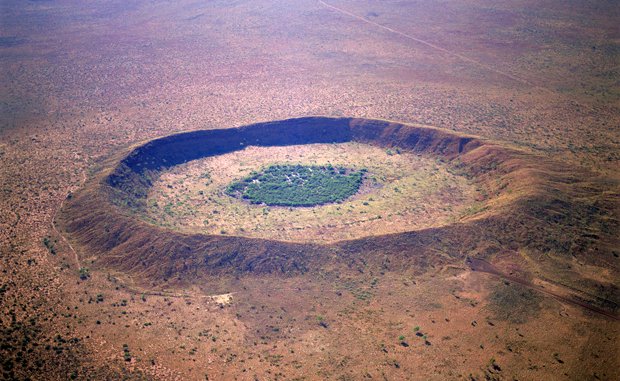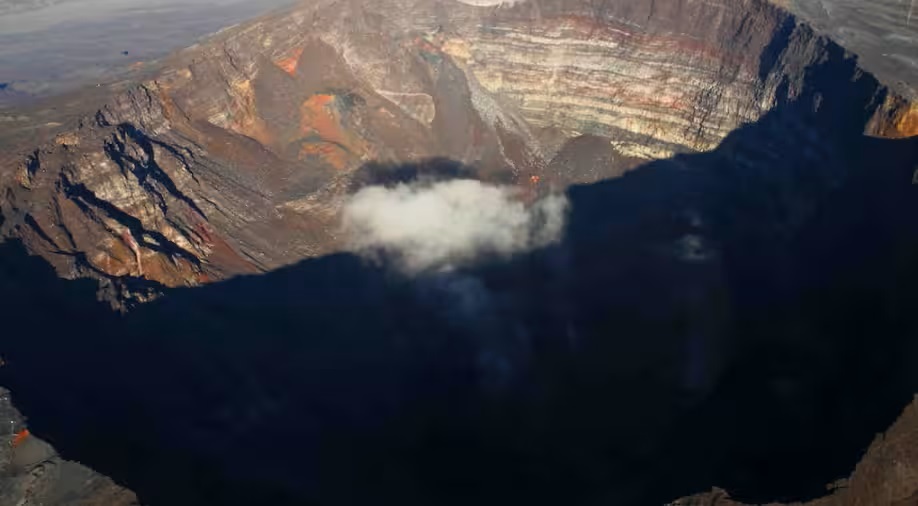In the New South Wales town of Deniliquin, scientists of the University of New South Wales (UNSW) think they have found the largest asteroid impact crater yet found.
In Australia, University of New South Wales (UNSW) researchers think they may have discovered the largest asteroid impact crater ever discovered. The location in the village of Deniliquin is thought to represent proof of the oldest asteroid impact ever discovered by humans, according to the experts. Additionally, they assert that this crater may have played a role in the big glacial event that wiped out 85% of the world’s species.
The study is released in the Tectnophysics journal. Deniliquin structure is the name of the recently discovered impact crater.
According to UNSW associate professor and asteroid impact researcher Andrew Glikson, the crater has a diameter of 323 miles, which is nearly twice as large as the Vredefort impact structure in South Africa, which now holds the record for largest crater in the world.
The largest asteroid impact crater in the world is called Deniliquin Structure.
According to Glikson, the crater’s impact may have taken place during the Late Ordovician mass extinction. In particular, he said, “I think it may have sparked the Hirnantian glacier stage, which lasted between 445.2 and 433.8 million years ago.
“This massive glaciation and mass extinction event wiped out about 85% of the species on the planet.”

Why is it important?
Massive asteroid collisions can have catastrophic effects on Earth’s ecosystem. The debris fields and ensuing atmospheric noise from these collisions not only cause resounding waves of destruction, but they can also cause the sun to appear less intense and result in a cooling event.
Glikson acknowledges that the crater may be even older, but asserts that the asteroid struck the eastern portion of the Gondwana continent, which was formerly a single continent until it separated into several others, including Australia, long ago.
The discovery of a crater of this enormous magnitude concealed in plain sight is what makes it intriguing. According to geologists, the existence of such a large crater is difficult to explain because of erosion and ongoing sediment movement, and even the Earth’s changing tectonic plates can change the crater.
According to Glikson, when an asteroid collides, it produces a crater with an elevated center similar to how a pebble striking a pool causes a drop of water to splash upward.
He writes that the center elevated dome is a crucial aspect of massive impact structures. But over thousands to millions of years, it can degrade, making the structure hard to spot.
Scientists can examine strata of “impact ejecta” in various terrains around the world by comprehending the geophysical composition of the materials blasted out of a crater during impact. There were and are 38 confirmed and 43 possible impact structures on Gondwana and Australia.



